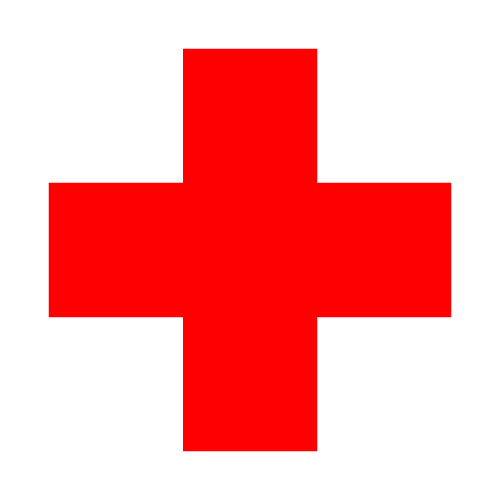About Youth Red Cross

Vision
Each generation passes on the torch of development to the next. Hence it becomes the challenge for the present generation to groom the future of tomorrow and that is the 'Youth'. The Indian Red Cross which has in its fraternity 10 million Youth Red Cross (YRC) and Junior Red Cross (JRC) members keeps on organizing various programmes and activities for the youth.
Mission
The Indian Red Cross is to inspire, encourage and initiate at all times all forms of humanitarian activities so that human suffering can be minimized and even prevented and thus contribute to creating more congenial climate for peace.
- Informing youth members and others the role and the responsibilities of the Red Cross and encourage them to contribute
- An awareness on the care of their own health and that of others
- The understanding and acceptance of civic responsibilities and acting accordingly with humanitarian concern, to fulfill the same
- To enable the growth and development of a spirit of service and sense of duty with dedication and devotion in the minds of youth
- To promote better friendly relationship with all without any discrimination
Principles
- Protection of Health & Life
- Service to the Sick & Suffering
- Promotion of National & International Friendship, to develop the mental and moral capacities of the youth
Regular Activity
- Orientation program to first year students
- Blood Donation Camp
- Basic Life Support Program
- Awareness Program on Food Safety and Adulteration
About IRCS
The Indian Red Cross society is a voluntary humanitarian organization having a network of over 1100 branches throughout the country, providing relief in times of disasters/emergencies and promotes health & care of the vulnerable people and communities. It is a leading member of the largest independent humanitarian organization in the world, the International Red Cross & Red Crescent Movement. The movement has three main components, the International Committee of Red Cross (ICRC), 192 National Societies and International Federation of Red Cross and Red Crescent Societies.
- Indian Red Cross Society (IRCS) was established in 1920 under the Indian Red Cross Society Act and incorporated under Parliament Act XV of 1920. The act was last amended in 1992 and of rules were formed in 1994.
- The IRCS has 36 State / Union Territories Branches with their more than 1100 districts and sub district branches.
- Honourable President of India is the President and Hon'ble Union Health Minister is the Chairman of the Society.
- The Vice Chairman is elected by the members of the Managing Body.
History
Young Swiss businessman, Jean Henry Dunant was appalled by the condition of the wounded soldiers he happened to see in the battle field of Solferino, Italy in 1859 during the Franco - Austrian war. He arranged relief services with the help of the local community immediately. He wrote the book 'Memory of Solferino' suggesting that a neutral organization be established to aid the wounded soldiers in times of war. Just a year after the release of this book, an international conference was convened in Geneva to consider the suggestions of Henry Dunant and thus the Red Cross Movement was born. International Red Cross Movement was established by Geneva Convention of 1864. The name and the emblem of the movement are derived from the reversal of the Swiss national flag, to honor the country in which Red Cross was found.
Origin
During the first world war in 1914, India had no organization for relief services to the affected soldiers, except a branch of the St. John Ambulance Association and by a Joint Committee of the British Red Cross. Later, a branch of the same Committee was started to undertake the much needed relief services in collaboration with the St. John Ambulance Association in aid of the soldiers as well as civilian sufferers of the horrors of that Great War. A bill to constitute the Indian Red Cross Society, Independent of the British Red Cross, was introduced in the Indian Legislative Council on 3rd March 1920 by Sir Claude Hill, member of the Viceroy's Executive Council who was also Chairman of the Joint war Committee in India. The Bill was passed on 17th March 1920 and became Act XV of 1920 with the assent of the Governor General on the 20th March 1920. On 7th June 1920, fifty members were formally nominated to constitute the Indian Red Cross Society and the first Managing Body was elected from among them with Sir Malcolm Hailey as Chairman.


